25+ SAMPLE Construction Payment Schedule
-
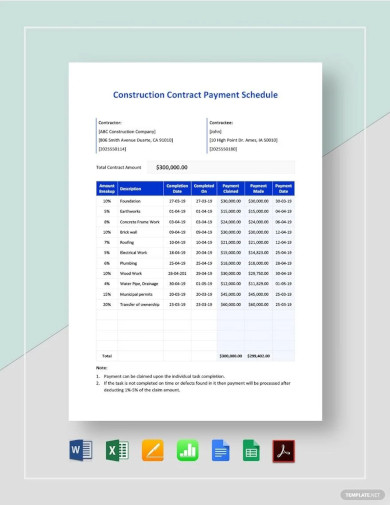
Construction Contract Payment Schedule
download now -
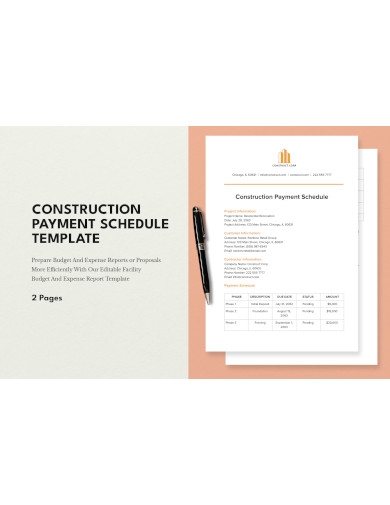
Construction Payment Schedule
download now -

Simple Construction Payment Schedule
download now -
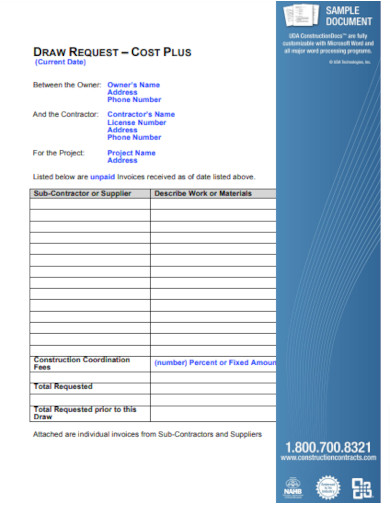
Project Construction Payment Schedule
download now -
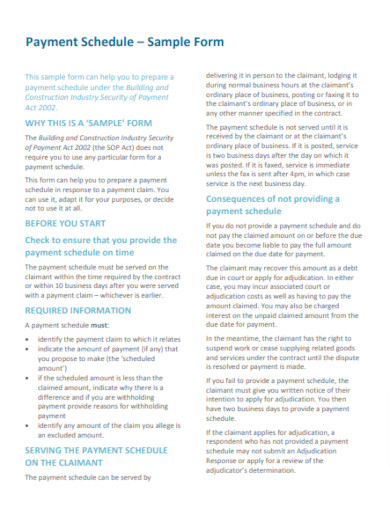
Construction Building Payment Schedule
download now -
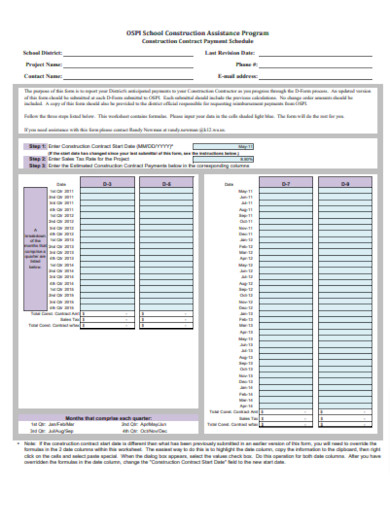
Construction Payment Schedule Form
download now -
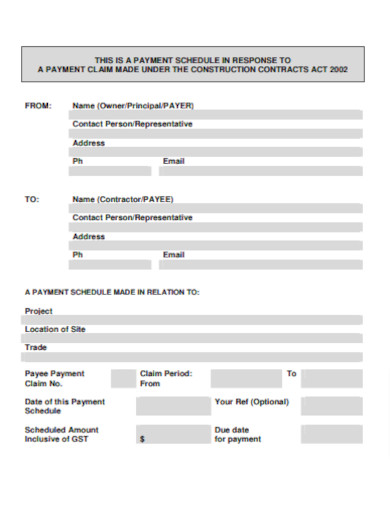
Sample Construction Payment Schedule
download now -
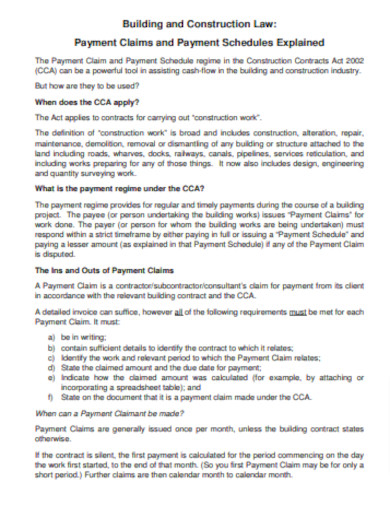
Construction Payment Claims Schedule
download now -
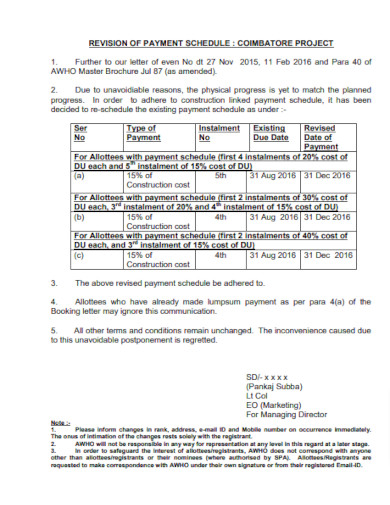
Construction Project Payment Schedule
download now -

Major Construction Payment Schedule
download now -
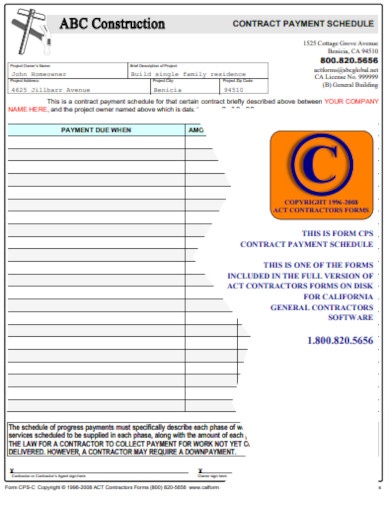
Construction Payment Due Schedule
download now -

Basic Construction Payment Schedule
download now -

Construction Security Payment Schedule
download now -
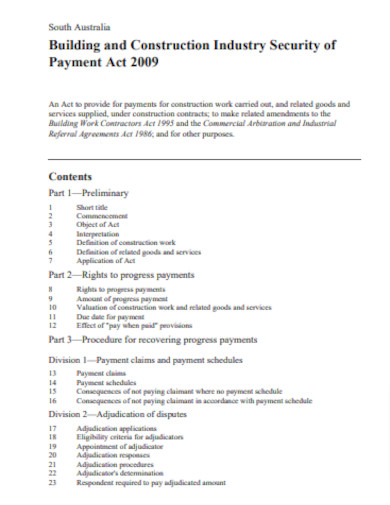
Construction Industry Security Payment Schedule
download now -

Printable Construction Payment Schedule
download now -
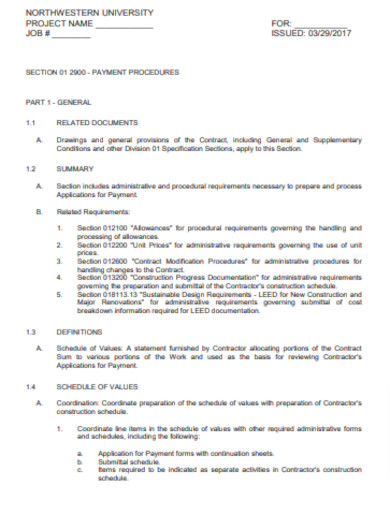
Construction Payment Procedure Schedule
download now -

Editable Construction Payment Schedule
download now -
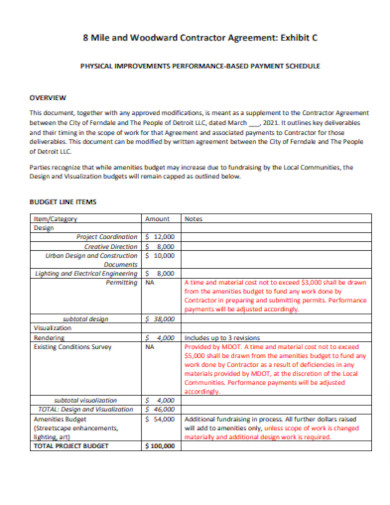
Construction Payment Agreement Schedule
download now -
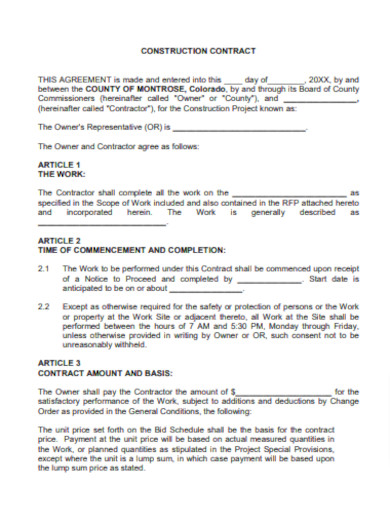
Standard Construction Payment Schedule
download now -

Revised Construction Payment Schedule
download now -
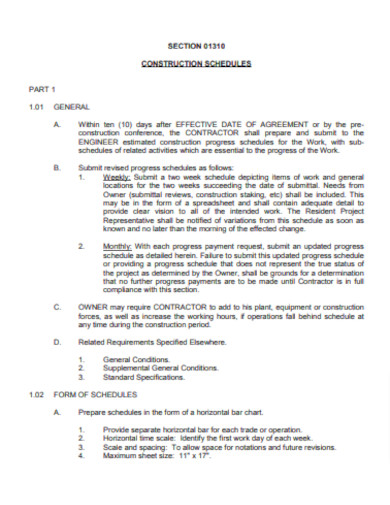
Construction Payment Progress Schedule
download now -
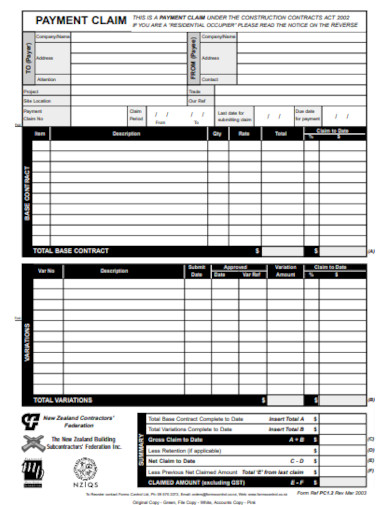
Construction Payment Notice Schedule
download now -
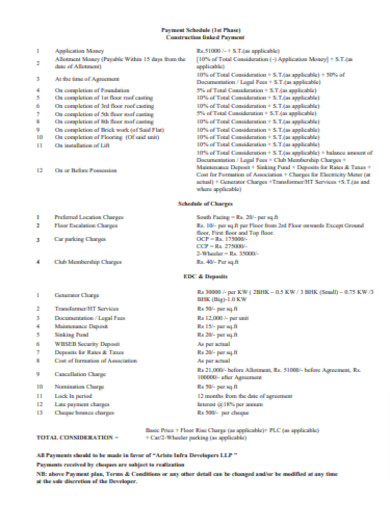
Construction Linked Payment Schedule
download now -
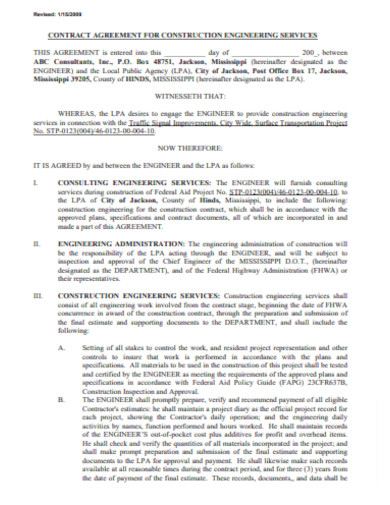
Construction Service Payment Schedule
download now -

Administration Construction Payment Schedule
download now -
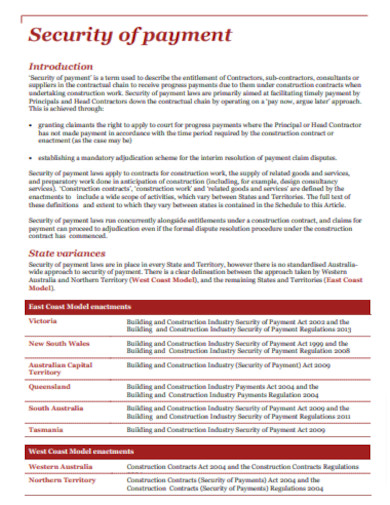
Construction Payment Schedule Outline
download now
FREE Construction Payment Schedule s to Download
25+ SAMPLE Construction Payment Schedule
Understanding the Construction Payment Schedule
Why is it Crucial?
Crafting an Effective Payment Schedule in Construction Projects
Challenges of a Construction Payment Schedule
Tips for an Effective Construction Payment Schedule
FAQ’S
Why is a payment schedule necessary?
What are construction payment milestones?
How are payment amounts determined?
What is retainage in a construction payment schedule?
Can a payment schedule be adjusted?
Is a down payment required before construction starts?
What happens if a payment milestone isn’t met?
How do I handle disputes related to payments?
Understanding the Construction Payment Schedule
A construction payment schedule is a project timeline of when and how payments will be made during a construction project. It aligns the financial interests of contractors, subcontractors, suppliers, and clients, ensuring that everyone is on the same page regarding monetary exchanges.
Why is it Crucial?
Navigating the labyrinthine world of construction, with its myriad stakeholders, shifting timelines, and budgetary constraints, demands a structured approach, especially when it comes to financial transactions. At the heart of this approach lies the construction payment schedule, an indispensable tool that brings clarity and coherence to the otherwise intricate financial dealings of construction projects. Here’s a deeper look at why it is so pivotal:
Trust and Transparency:
A well-defined payment schedule establishes a foundation of trust between contractors, subcontractors, suppliers, and clients. When all parties have clarity about when and how much they will be paid or need to pay, it eliminates guesswork and potential disputes, fostering a transparent and trustworthy environment.
Cash Flow Management:
For contractors and subcontractors, consistent cash flow is vital for meeting their operational costs, including wages, material purchases, and other overheads. The payment schedule ensures that funds are available at needed intervals, thereby preventing halts or delays due to financial strains.
Motivation and Progress:
Tying payments to specific project milestones can act as an incentive for timely completion of tasks. Contractors are more likely to adhere to timelines when they know that a certain portion of payment is associated with the completion of a specific phase.
Budgetary Discipline:
For clients, a payment schedule provides a clear business roadmap, enabling them to budget effectively. Knowing when significant payments are due can help them manage their finances and ensure that funds are available when required.
Conflict Reduction:
A significant portion of disputes in construction projects arises from financial disagreements. A clear payment schedule, complete with milestones and amounts, significantly reduces the room for financial misunderstandings.
Regulatory Adherence:
In many jurisdictions, construction payments, especially to subcontractors, are governed by regulations to ensure timely compensation. A structured payment schedule helps in adhering to these regulatory requirements, avoiding potential legal complications.
Forecasting and Planning:
Both contractors and clients benefit from the ability to forecast financial needs based on the payment schedule. Contractors can plan their purchasing and hiring, while clients can align their financing strategies.
In essence, the construction payment schedule acts as a linchpin, holding together the myriad financial aspects of a construction project. Without it, there’s potential for chaos, misunderstandings, and even project halts. With it, all parties involved have a clear, concise, and consistent understanding of the financial trajectory of the project, leading to smoother operations and harmonious collaborations.
Crafting an Effective Payment Schedule in Construction Projects
In the vast realm of construction, ensuring that all parties involved are content and financially secure is a monumental task. The answer to this daunting challenge is often an efficient and transparent payment schedule. So, how do you craft one that serves all parties optimally? Let’s delve into the nuances:
Begin with a Comprehensive Budget Analysis:
- Before laying out the payment schedule, it’s essential to understand the complete financial layout of the project. Consider all costs, from raw materials to labor and overheads.
- Identify major expenses and their timelines. This will provide clarity on when substantial funds will be required.
Define Clear Milestones:
- Payments should correspond to tangible, measurable milestones in the project. These could range from completion of foundation work, erecting structural frameworks, to final finishes.
- Ensure that these milestones are not too far apart. This helps in maintaining consistent cash flow and motivation for contractors and subcontractors.
Incorporate Detailed Descriptions:
Be specific. Every payment term should elucidate the exact work being compensated for, leaving no scope for ambiguity or potential disputes.
Set Realistic Intervals:
While it might be tempting to have fewer payment intervals, it’s crucial to balance the needs of the contractor (frequent cash flow) with the client’s ability to make timely payments. This ensures neither party is financially strained.
Factor in Potential Delays:
Construction projects are notorious for unforeseen delays, be it due to weather, material shortages, or other unexpected hiccups. It’s prudent to have provisions addressing these scenarios in the payment schedule.
Build in a Grace Period:
Flexibility is key. Providing a grace period for payments can account for any unexpected financial hiccups that might occur on the client’s end, without hampering the trust between parties.
Transparent Communication Protocols:
Designate clear channels and points of contact for any financial communications. Whether it’s a change in payment date, disputes, or clarifications, having established communication pathways ensures transparency.
Include a Final Retention Payment:
Many construction projects incorporate a retention payment – a final sum held back until all work is verified and approved. This ensures quality work and provides an incentive for the contractor to finish to the client’s satisfaction.
Regularly Review and Update:
As the project evolves, there might be changes in costs, timelines, or scope. It’s essential to revisit the payment schedule periodically and make adjustments as needed, in consultation with all parties.
Document Everything:
For legal and clarity purposes, every aspect of the payment schedule, including changes, approvals, and received payments, should be meticulously documented.
Challenges of a Construction Payment Schedule
Navigating the intricacies of a construction payment schedule can be a tumultuous task. These schedules, while designed to streamline payment processes and ensure transparency, often present their own set of hurdles. Let’s explore the key challenges faced by stakeholders when dealing with construction payment schedules:
Unpredictable Delays:
Construction projects often face unforeseen delays due to factors like weather, supply chain issues, or unexpected site conditions. These can offset the milestones tied to payments, causing potential cash flow problems for contractors and subcontractors.
Changing Project Scope:
Modifications in project scope, whether due to client requests or unforeseen challenges, can impact the previously established payment schedule, necessitating renegotiations and adjustments.
Liquidity Concerns:
Depending on the spacing and size of the payments, contractors might face liquidity issues, especially if payments are considerably spaced out or linked to major milestones.
Subjectivity of Milestones:
What one party considers a completed milestone might be seen as incomplete by another. This subjectivity can lead to disputes and delayed payments.
Contractual Ambiguities:
Any ambiguities in the contract regarding the payment schedule can lead to different interpretations, potentially causing disagreements between parties involved.
Inflexibility:
Rigid payment schedules that don’t accommodate unforeseen changes or financial challenges faced by either party can strain professional relationships and impact project progression.
Risk of Front-loading:
There’s a risk of contractors front-loading the schedule, demanding higher payments early in the project, which can leave clients vulnerable if deliverables aren’t met in later stages.
Administrative Overhead:
Monitoring, verifying, and processing payments as per a detailed schedule can be time-consuming and necessitate additional administrative resources.
Retainage Issues:
Holding back a portion of payment until the end of the project (retainage) can strain the contractor’s financial health, especially if the final payment is delayed or disputed.
Legal Implications and Disputes:
Any inconsistencies or non-adherence to the payment schedule can lead to legal disputes, resulting in additional costs and project delays
Tips for an Effective Construction Payment Schedule
A well-crafted construction payment schedule can foster trust, ensure timely project progression, and maintain cash flow for all parties involved. Here are some essential tips to create a harmonious and practical construction payment schedule:
Collaborative Development:
Involve all key stakeholders, including clients, main contractors, and subcontractors, in the payment schedule creation process. Collaboration ensures that all perspectives and concerns are considered.
Clearly Define Milestones:
Ensure that payment milestones are explicitly defined, measurable, and relate to significant phases of the project. Avoid vague descriptions that can lead to disputes.
Prioritize Transparency:
Maintain transparency about the payment terms, amounts, and expected deliverables at each milestone. Clear communication can prevent misunderstandings and foster trust.
Include a Contingency:
Recognizing the unpredictable nature of construction, allocate a contingency amount for unexpected expenses. This prevents financial strain and ensures smooth project progression.
Flexible Adjustments:
Accommodate a mechanism to revisit and adjust the payment schedule if significant changes in the project scope or unforeseen challenges arise.
Document Everything:
Keep meticulous records of all payments, invoices, and associated deliverables. This aids in resolving disputes and provides clarity for all parties.
Regularly Review Progress:
Periodically review project progress against the set milestones. This ensures timely payments and allows for any necessary adjustments.
Address Retainage Clearly:
If you’re holding back a portion of payment until project completion (retainage), clearly state the terms and ensure they’re fair for both parties.
Consider Digital Tools:
Utilize construction management software or payment platforms to streamline invoicing, payment tracking, and communication.
Provide Payment Breakdowns:
Offer a clear breakdown of each payment, showing how amounts are allocated to labor, materials, overhead, profit, and other categories.
Avoid Front-loading Excessively:
While it’s customary to have an initial deposit, avoid excessive front-loading which can create distrust and financial vulnerabilities for the client.
Stay Updated on Regulations:
Be aware of any legal requirements or industry standards related to construction payments in your jurisdiction to ensure compliance.
Incorporating these tips can pave the way for a mutually beneficial payment schedule that supports project success while safeguarding the interests of all stakeholders.
FAQ’S
Why is a payment schedule necessary?
Payment schedules provide clarity, foster trust between parties, ensure consistent cash flow, and help track the project’s financial progress. It sets clear expectations for both the client and contractor regarding payment terms.
What are construction payment milestones?
Payment milestones are specific stages or achievements in a project that, once reached, trigger a payment. Examples include the completion of the foundation, installation of roofing, or finishing electrical work.
How are payment amounts determined?
Payment amounts can be based on a percentage of the total project cost, the cost of completed work, or predetermined fixed amounts agreed upon for each milestone.
What is retainage in a construction payment schedule?
Retainage is a portion of the contract price deliberately withheld until the work is substantially complete to ensure the contractor fulfills its responsibilities under the contract.
Can a payment schedule be adjusted?
Yes, payment schedules can be adjusted if both parties agree. Circumstances like project scope changes, unforeseen challenges, or other factors might necessitate adjustments.
Is a down payment required before construction starts?
This varies by contract. Typically, a down payment is requested to secure materials and ensure commitment from both parties.
What happens if a payment milestone isn’t met?
If a contractor doesn’t meet a milestone, payment can be delayed. Specific consequences should be detailed in the contract, such as potential penalties or interest charges for late completion.
How do I handle disputes related to payments?
It’s best to address disputes promptly and professionally. Refer to the terms outlined in the contract, maintain open communication, and consider mediation or legal assistance if necessary.
A well-structured construction payment schedule not only ensures smooth financial transactions but also solidifies the trust between all involved parties. It’s the foundation upon which transparent, honest, and successful construction projects are built. As the construction world evolves, leveraging tools, technology plan, and best practices in payment schedules will only become more crucial.
